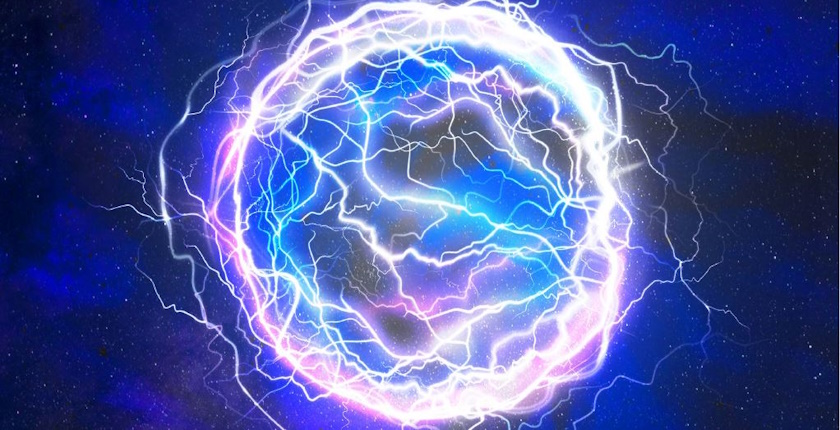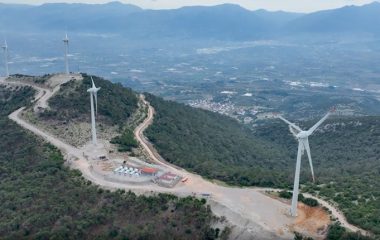
Photo: New Nuclear Watch Institute
If current trends persist, in the context of regulatory and geopolitical fragmentation, Russian and Chinese SMR designs are poised to dominate the global fleet by capacity, according to a report from London-based New Nuclear Watch Institute (NNWI).
Although the concept of small modular reactors (SMR) has been gaining traction across the world for quite a while, the overall progress in the sector over the last 10-15 years has been modest, NNWI added.
It recalled that the world’s first SMR-based facility, Russia’s floating nuclear power plant Akademik Lomonosov, launched in 2020 and deployed in Chukotka, is still the only one in commercial operation. The cancellation of NuScale’s pilot project in Utah in November 2023 is an example of the challenges faced by SMR vendors.
The report identifies and analyzes 25 SMR projects that are the most likely to be deployed and secure a significant market share by mid-century, according to a combination of external business and internal technological performance drivers.
The initial wave of SMR deployments is expected around 2030
The think-thank stressed that the deployment of SMRs is unfolding in a highly competitive environment, marked by both internal competition among various SMR designs and external pressure from alternative low-carbon energy solutions, as well as cost reduction efforts in the segment of large reactors.
The initial wave of SMR deployments is expected around 2030, primarily involving Generation III+ light water designs such as the Russian RITM-200, Chinese Linglong One (ACP100), NuScale’s VOYGR, and GE-Hitachi’s BWRX-300, followed by the UK SMR and French NUWARD, the report reads.
To compete with Russia and China, OECD governments should consider equivalent support for their programs
According to NNWI, to compete with Russia and China, members of the Organization for Economic Co-operation and Development (OECD) should consider equivalent support for their SMR programs. It means augmenting their supply-side support with robust demand-side boosters.
They should directly target viable areas of SMR application such as replacing baseload coal-fired power plants and diesel off-grid generation through specific support mechanisms like feed-in tariffs, contracts for difference and power purchase agreements, adds the report Scaling Success: Navigating the Future of Small Modular Reactors in Competitive Global Low-Carbon Energy Markets.
While optimistic forecasts suggest that the global SMR fleet could reach approximately 350 GW in electric power by 2050, representing up to 40% of the world’s total installed nuclear capacity, in the think-tank’s base-case scenario 150 GW to 170 GW is more realistic.
Four leading designs
Over a hundred SMR designs have been earlier reported to be in various stages of development, first of all in the United States, China, Russia, South Korea, Argentina, the United Kingdom, France, Canada, Sweden, Japan, India, and South Africa, NNWI said. However, more than half of them have been canceled, shelved, or put on hold, it pointed out.
The United Nations’ International Atomic Energy Agency estimates that up to 70 designs are in development.
The Russian RITM reactor family is set to become the most common installation worldwide
The report highlights four designs. The Russian RITM reactor family, developed by Rosatom, which capitalizes on government support and an integrated ‘plant-as-a-service’ business model, including spent fuel and waste management, is set to dominate the off-grid segment of the global SMR market, becoming the most common installation worldwide, according to the document.
The Chinese ACP100 or Linglong One is projected to follow, capturing about 15% of the global SMR fleet by installed capacity. The third one is NuScale’s VOYGR, which is likely to account for 5% to 10% of the world’s installed SMR capacity in 2050.
Amongst advanced reactors, which are set to be deployed in series around 2040s, the American XE-100 appears to have the highest chance to capture the largest market share, 7% of global installed capacity.









Be the first one to comment on this article.